If you're now considering jumping into the crowded and competitive stock photography industry with the intention to earn passive income you'll need extraordinary determination to succeed!
Before you can even contemplate earning anywhere close to $500 every month, you should be aware that it should take you least three years of hard, smart and consistent work. This is since you'll need to build up a strong Microstock portfolio consisting of 1,000s of marketable images spread out over many Microstock Agencies, starting with your likeliest highest earner, Shutterstock.
Many Contributors will Quit Within 6 Months
The truth is that many new contributors eventually quit (usually within six months), blaming everybody but themselves for their failure. The main reasons vary, but they usually come down to them setting unrealistic expectations of earning royalties from images that just aren't good enough from a technical level and have low commercial value, usually both.
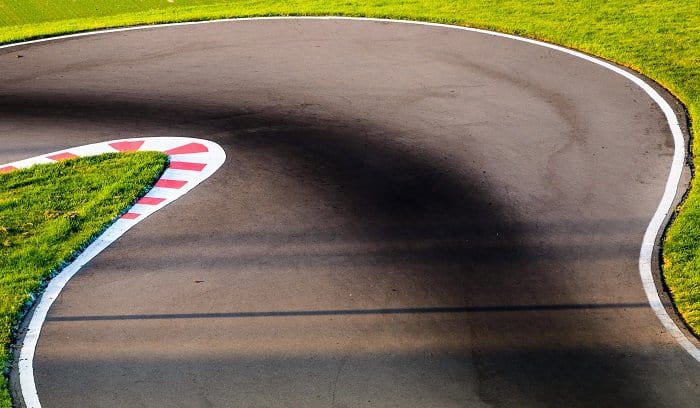
Microstock Darwinism – only the strong survive
If you stick with it, despite pot-noodle priced earnings with the willingness to learn from your technical mistakes and be curious about researching which types of images are/will be trending, then read on! If you're already an ‘established' Microstock contributor, you may also benefit from the tips on increasing your revenue, so also read on!
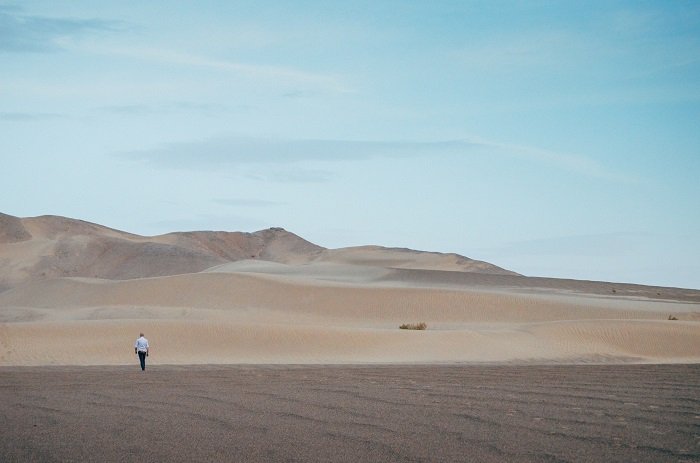
Not a ‘Get Rich Quick Scheme'
The good ol' days of earning ‘easy money' from uploading to Microstock Agencies are long gone. Since it's emergence about 15 years ago, the industry has matured with supply vastly outpacing demand (Shutterstock now boasts 225million+ images with over 1 million images added every week, for instance). This ultimately means that all contributors must work both harder and smarter to achieve their goals, particularly new entrants that have a lot of catching up to do! To earn a living from Microstock alone is the privilege of increasingly fewer and fewer contributors in late-2018, especially for those that live in developed economies where the cost of living can be high.
The good news
The good news is that even a modest monthly revenue of just a few hundred dollars can make a significant difference at the end of the year should you be looking to make guilt-free upgrades to your gear and/or put towards photography excursions, for instance.

Which Agencies to Focus on?
A quick Google search on Microstock agencies indicates that there are literally dozens of non-exclusive Microstock agencies where you may license your images as Royalty-Free. To be honest, most of them aren't worth your time due to low returns, unless you're able to optimise your workflow by using a mass-submission software such as StockSubmitter (See screenshot below). If you think about uploading manually, forget about it unless you plan to work for 5 cents an hour!
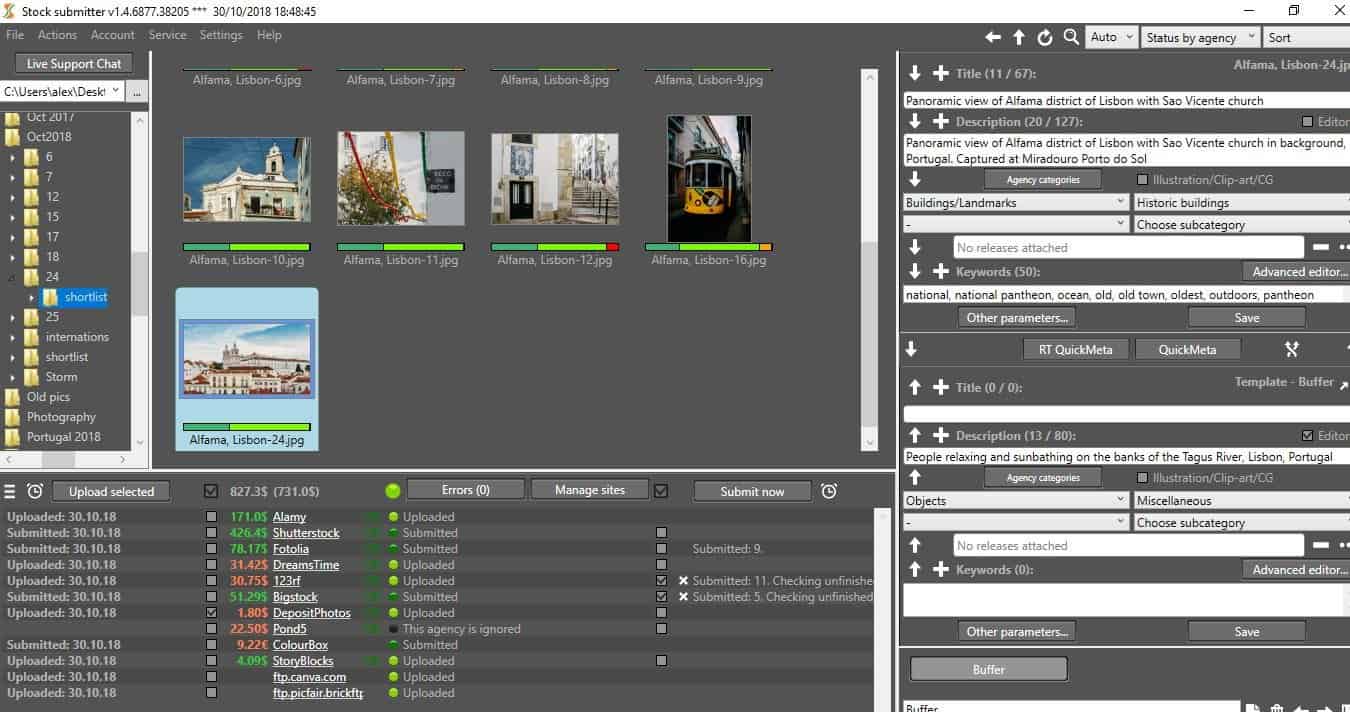
Shutterstock will likely be your largest earner
Most veteran Microstockers would advise new contributors to focus their efforts on uploading high-quality images first to Shutterstock and Adobe Stock / Fotolia next, followed by iStockphoto / Getty and Alamy (great for editorials) so on.
Generalist vs Specialist
If you're just starting out, you'll probably be shooting the usual pets, flags, beaches and flowers, which is fine but you're unlikely to earn much (if at all) from those concepts. Although it might be more enjoyable to remain a generalist, eventually, you'll want to specialise an start focusing on certain niches closely related to your interest and skill-set. Ideally, these should be both in-demand (trending) by buyers and there shouldn't be much competition.

Shutterstock regularly publishes themes which are in-demand in their blog and it may be worth taking a look while brainstorming. But it's still a mine-field…what should you focus on to shoot that should sell?
People, Things, Places
When you get the show on the road, you're most likely to be shooting images (both commercial and editorial) within one or more of the following three main categories:
- People
Smiling young woman (25-30) wearing a Brazilian national team jersey and eating a Brazilian “coxinha” chicken appetizer while waving a Brazilian flag with a pool reflection – soccer/football fan (model-released commercial)
Images which include people (more valuable if model-released and licensed as commercial) are the bread and butter of the stock industry. Top lifestyle photographers, working with models with controlled lighting, are some of the highest earning contributors – take Yuri Arcus, the world's top selling microstock photographer as an example. Advertisers know the value of such images (when done at a high technical level) and may use such image to entice potential buyers who may identify themselves / aspire towards the person(s) in the image.
Images of unreleased people, as well as logos/trademarks/artwork fall under the category of editorial licenses, which are generally used to support text within newspapers, magazines and textbooks for non-commercial purposes. If you lean towards shooting people, you're probably extroverted and get a buzz from interacting with others.

- Things
This is the most self-explanatory as it depicts non-human subjects such as abstract concepts, animals, objects (still-life), food, nature, transport, etc. Perhaps you enjoy cooking and take advantage to have set up a home studio to capture your delicious creations. If you lean towards this category you're probably generally introverted and generally don't enjoy contact with other people outside your close circle.

- Places
This is the natural category of the travel photographer (such as myself), but can also be of the architectural and even news photographer depending on the situation. If you learn towards this category you're probably an explorer and naturally curious of different cultures!

Brainstorming Exercise
Which type of category are you naturally drawn to? Pull out a notepad and let's try out a fun brainstorming exercise.
On your own, can you think of three sub-headers from one of those categories that interest you? So within ‘Things', perhaps you like shooting food, pets and cars. Keep going…within those sub-headers, can you think of a further three sub-sub-headers that interest you from food, pets and cars?
Be realistic
Be realistic…you may enjoy scuba diving, for example, but don't have the equipment or know-how to shoot underwater! Or you love capturing airplanes but after being interrogated a few times by police you figure it's probably a good idea to try something else lol
Alex, the guinea pig
Let's use my own interests as an example:
- As a travel photographer, I'm naturally drawn to places.
I'm currently focusing on shooting the following places:
- A. Portugal (where I'm currently based);
- B. Rio de Janeiro;
- C. Italy.
Still quite broad, right?! So I've narrowed it down further.
In Portugal, I'm focusing on capturing:
Next time I'm in Rio de Janeiro, I'll be focused on capturing:
- Editorials about the new President Bolsonario;
- Street Carnival in February
- New Years Party on Copacabana Beach
When time I'm in Italy, I'll be focused on capturing:
- Tuscany
- Protests about economic/political situation
- UNESCO World Heritage Sites in Italy

Finding Your Niche(s)
Continuing on with the brainstorming exercise, I'll go even further and break down A(1-3), B(1-3) and C(1-3) into three further categories. These ‘niches' will get pretty specific and perhaps not so well-covered by competitors. Those are the themes that I may focus on for my next shoots, but will also depends on hours of research and market analysis well before pressing the shutter. See a tutorial on using the Google Trends tool to find profitable stock subjects.
One example, is that in Lisbon and I'm looking to trace the history of Ian Fleming (author of Casino Royale – James Bond), who was a secret agent in Estoril, near Lisbon and stayed at the Hotel Palacio during WWII when Portugal was neutral. See a fascinating article entitled “The Seaside Town That Inspired James Bond“.

Hopefully you now see what I mean about being specific. If you go to Lisbon and shoot the usual 99% of other contributors shoot (such as April 25 Bridge and some of the Miradouros), you're unlikely to make any money unless you can do it extraordinary. Being specific and having the time/willingness to dig further, as I have to find an interesting story, you'll likely be way ahead of the competition. That's just one niche, I still have to think of many others but I prefer not to give away all my secrets!
My other niche – Airports

Cream Rises to the Top
It almost goes without saying that images of such specific niches, when captured at a high technical level (composition, lighting, focus, low noise) and captioned/keyworded at an equally high technical level so buyers can find your images among the masses, should sell regularly.
Useful > Pretty
In addition, such high-quality content should be potentially USEFUL to buyers to help promote their products and/or services or illustrate newsworthy articles. Pretty shots by themselves, of sunsets, pets, flowers, etc. may look good on someone's living room wall but may make for useless commercial stock since they may be difficult to convey specific concepts that buyers may use to promote products and/or services.
Next time you visit the Eiffel Tower, instead of capturing just the Tower, which has been captured to death, look around and capture the tourists snapping selfies, security on watch, Senegalese men selling junk and even petty criminals engaging in pickpockets. Chances are those types of images will far outsell any other image you take of just the tower.

How much can you earn?
Assuming that you shoot at a high-technical level and have identified your niche(s), which is closely related to your interests and skill-set, then onto the fundamental question of: how much can you earn?
Leave your ego at the door
If you're the type that gets upset if an image is licensed for 25 cents, or even as low as 2cents in the case of iStock, then this game isn't for you. This is a high-volume numbers game and most sales will be via subscriptions at a quarter at a time, at the very least, with the occasional higher-earner at a few dollars.

To overcome any potential frustration just requires a paradigm shift. If you're getting many 100s of downloads a month at the average of 74cents/download as I am, just do the math! Throw in a few more (lower-earning) Microstock agencies into the mix and those lowly downloads sure add up to just over $1 per download. Enough to regularly upgrade your gear and pay off some of your holiday costs.
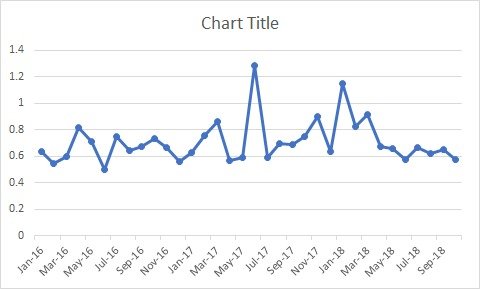
Return Per Image
Next, we look at an interesting metric to benchmark your images against the competition. The way experienced contributors value their images is by their respective Return per Image (RPI). This is usually calculated as RPI/monthly or RPI/yearly.
The rule of thumb is that a good commercial image spread out at various Agencies should yield approximately $1 per year/per image. However, most contributors will earn considerably less (those shooting ‘duck on pond' crowd) and a small percentage of top contributors, shooting specific/in-demand niches, particularly with models, would earn considerably more. You'll probably fall in between somewhere, but the goal is to earn much more than RPI $1/year.
Return Per Download + Return Per Image/Year
Working backwards, assuming you have good commercial images of a variety of subjects within your niche, captured at a high technical level and keyworded accurately, then you'll need approximately 6,000 images to earn $500 a month (RPI of $1/year x 6,000 images = $500/month). A specific port may achieve the same result with as little as 500-1000 images.

Time-frame
Working backwards again, how long is it going to take you to upload 6,000 quality non-similar images? For someone who works full-time and with a family, 200 is probably pushing it but 100 is doable and 50 is piece of cake. If you can't manage to upload 25 images a month you just don't have what it takes!
This means that 6,000 images can be reached in approximately five years. Although 6,000 will probably be the minimum you'll aim for to earn those $500/month, you can probably cut this in half to have the same amount of earnings if you push your niche and combine it with model-released images. I know I keep repeating myself but quality is paramount!
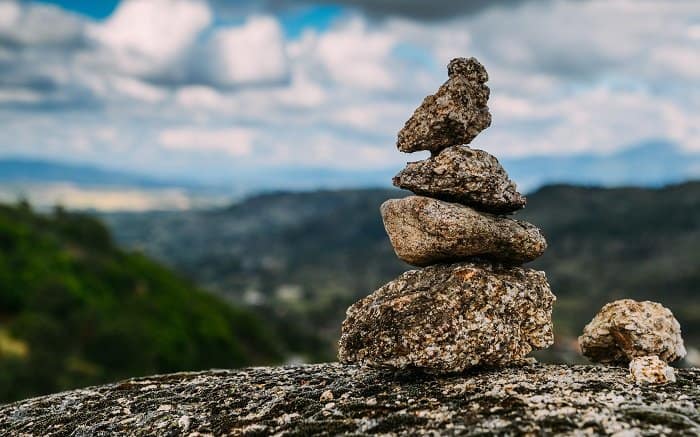
Is $500/month a realistic goal?
Yes, I believe so, despite the contrary belief of many veteran contributors in the depressingly named ‘Doom & Gloom' threads at stock photography forums. But you have to give yourself at least three years and probably at least 6,000 images. It's a marathon for sure!
To supplement your stock photo income, consider uploading your images that you feel would make for beautiful wall-prints to some of the Print on Demand agencies. In addition, if you're not already doing so, consider capturing stock footage, including time-lapses (example below), since your gear is probably well-suited for this logical transition anyway and you just need a tripod and ND filter. Most Microstock agencies accept footage but you'll be wise to stick with Adobe Stock / Fotolia, Shutterstock, Storyblocks and Pond5.
Ironically, your first goal at Shutterstock is to get to $500 all-time-earnings as soon as possible, as this is when there's a significant pay bump in earnings, especially sub sales from 25cents to 33cents (24% increase). There will be another pay bump (smaller) at $3,000 and an even smaller one at $10,000.
Steve Heap's BackyardSilver Earnings Blog
For a concrete look at a current contributor who has published his earnings for the past seven years, check out Steve Heap's BackyardSilver blog. Most interestingly is to see some of his earnings reports from early days when he was ‘only' earning $595 in October 2011 to currently over $3,200 a month as reported in his September 2018 post. Obviously a lot of work went in there during those 7 years and supplemental income from stock footage and print on demand.
Once you reach your goal, then you'll (probably) be on cruise control
Supposing that after three years and a lot of hard work you reach your goal of $500/month – congratulations! But, then what? Well, you can keep going of course, but also let's suppose you decide to take a year break, what will happen to your monthly income? It depends on your port, as some images with a strong commercial interest may have a long-shelf life, with the potential to be licensed at multiple Agencies for a number of years. Others, have a much shorter life, such as breaking news, fashion and technology, and may lose interest and keyword rankings relatively quickly.

Time Decay
Supposing you have an average portfolio of high-quality travel images, then chances are your portfolio would probably keep earning you close to those $500/month for the subsequent few months with no major adverse impact on earnings. A few months later you should experience the accumulated drop in earnings (depreciation) measured at about 3% a month.
After a year of no new uploads, depending on a million factors, such as market trends, you'll still probably be earning about a cool $320/month…all while playing keepy-uppy on Ipanema Beach like a true Carioca!
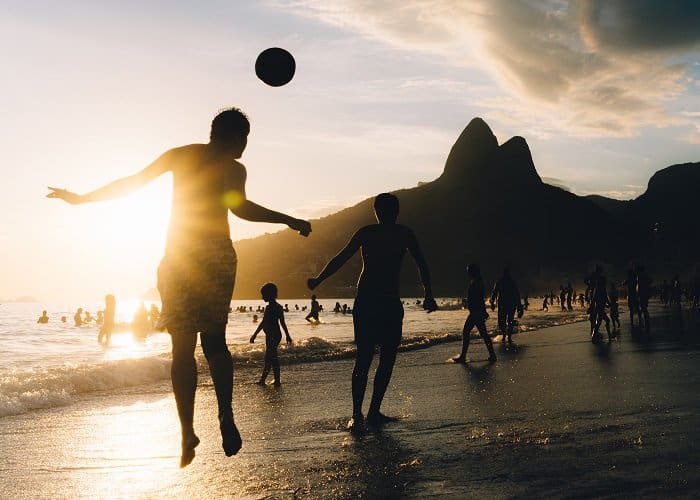
Conclusion
The Microstock licensing model provides the means for serious amateurs to earn some extra money from images that would otherwise be gathering digital dust on your hard-drives.
Success in all walks of life, including Microstock, is largely down to patience and perseverance. If you feel you have the willingness to work hard/market, learn to be a strong technical photographer all the while targeting a clearly identifiable niche(s), then you should be able to reach $500/month at Microstock within a few years. After that, there's nothing stopping you from earning $1,000+ a month.
Wishing you the best of luck on capturing fascinating stories! Looking forward to your comments below and please let me know if you have any questions!
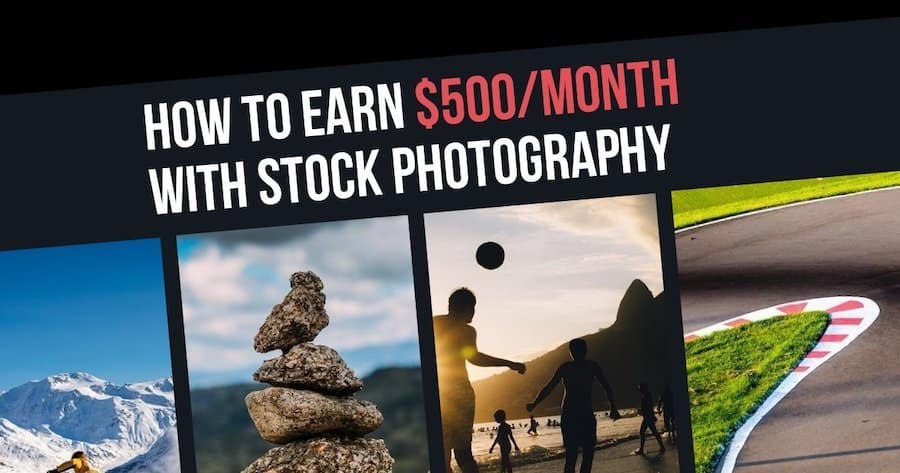


20 Comments
I agree with what is said here. I followed the same path and reached the 500$ level within the timeframe mentioned here. But you do have to work your butt off, for it was a pretty natural choice – if I do photography anyway, why not to make an extra buck, but it does require dedication and tons of persistence.
Thanks Elijah! You have your own style, which I really like and that’s a niche in itself! 🙂
Any plans to start creating stock footage?
Nice post thanks for sharing keep up the good work.
Thanks
Yes you are right. You know what you are saying.
Thank you! Market is always changing, what might be true today may not be necessarily true in a few years.
Thanks 🙂
Thanks for the post, do you think taking video footage for more revenue than just photos only?
Ideally do both. For sure quality 4K video can be licensed for much much more than images.
Hey, i started one year and a half ago, your book help me a lot. I started from scratch with 100 pics, now after, 17 months, i have 1500 pics, (40% editorial, 60% rf) and 100 x 4k videos (footage and timelapse)… I have an average of $ 92 / month since the very beginning (I only had 100 photos when I started and I add some each month, which affects the total average). I think I have a nice fluctuation. The year 2019 will tell! But for now, it has paid off my camera and one lens 😉
Glad to hear Chriso! You’ve done well to get your port up to 1500 with $92/month. Smart thinking about the videos, many more gaps in market there than in photos and at 4K you can ask for some big prices on Pond5 ($100+). Best of luck and thanks for your comment and nice words.
Wish you luck in 2019
Hi Alexandre, You know what you’re talking about that’s for sure. Great article. Can you advise me please……what if I wanted to pass on my portfolio to one of my children when I retire? Can the portfolio name be changed to theirs and they continue with the uploads/income cycle? Curious to know. Thank you!
Thanks Michele!
Wow, never had this question before! You’ll need to specify in your will that these assets will pass and then your heirs should present the death certificate to the agency/agencies. Yes, then it should be straightforward to change the portfolio details to them and they can continue.
Was thinking the other day that in 50 years, there will be something like 1 billion inactive facebook accounts from users that have passed away. Maybe I can create concepts around that!
All the best, Alex
Hello
How will i earn 500 dollars per month
??
Link to my paid writing gig about James Bond in Estoril, Portugal:
http://www.escapeartist.com/blog/estoril-portugal/
Hi Alexandre, wish I had the time to keep up with the photos! Great tips here.
I do quite well these days with shutterstock
Thanks!
Nathan
quick question, can we actually take a picture of a tourist or some locals and just post it into istock? is it as simple as that, or do we have to have the person sign forms or anything like that?
You can not do this – you would need them to sign a model-release with you. Otherwise you might be able to take a picture of several people at once (not a portrait) and sell it as editorial (news worthy) but there are limitations as well.
Thank you, this is some of the most realistic and useful advice I’ve read on microstock!